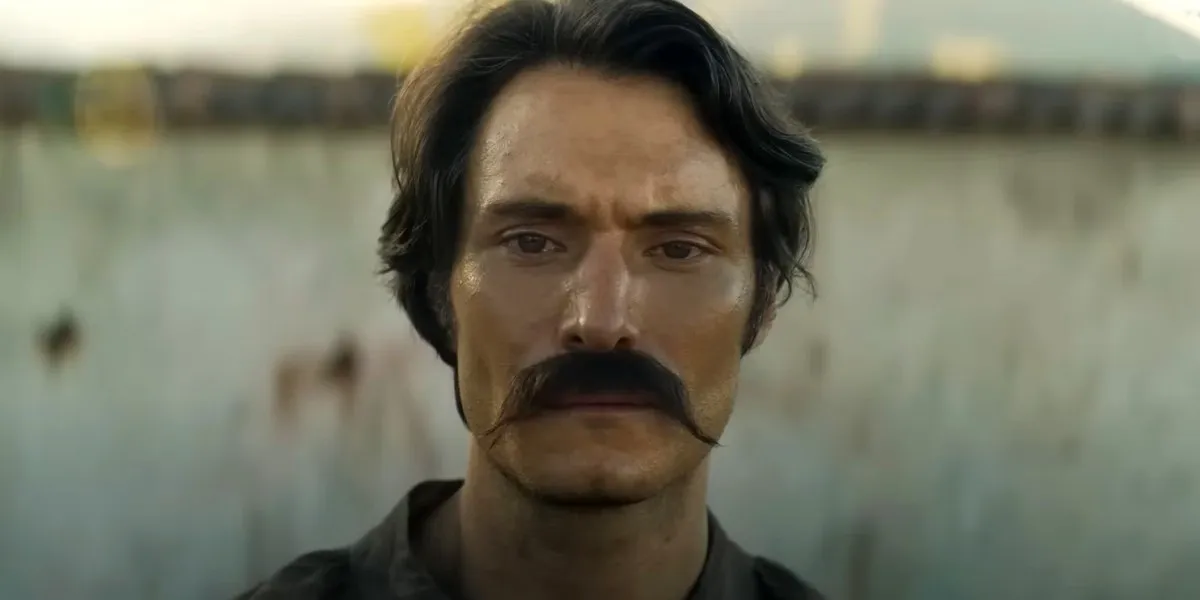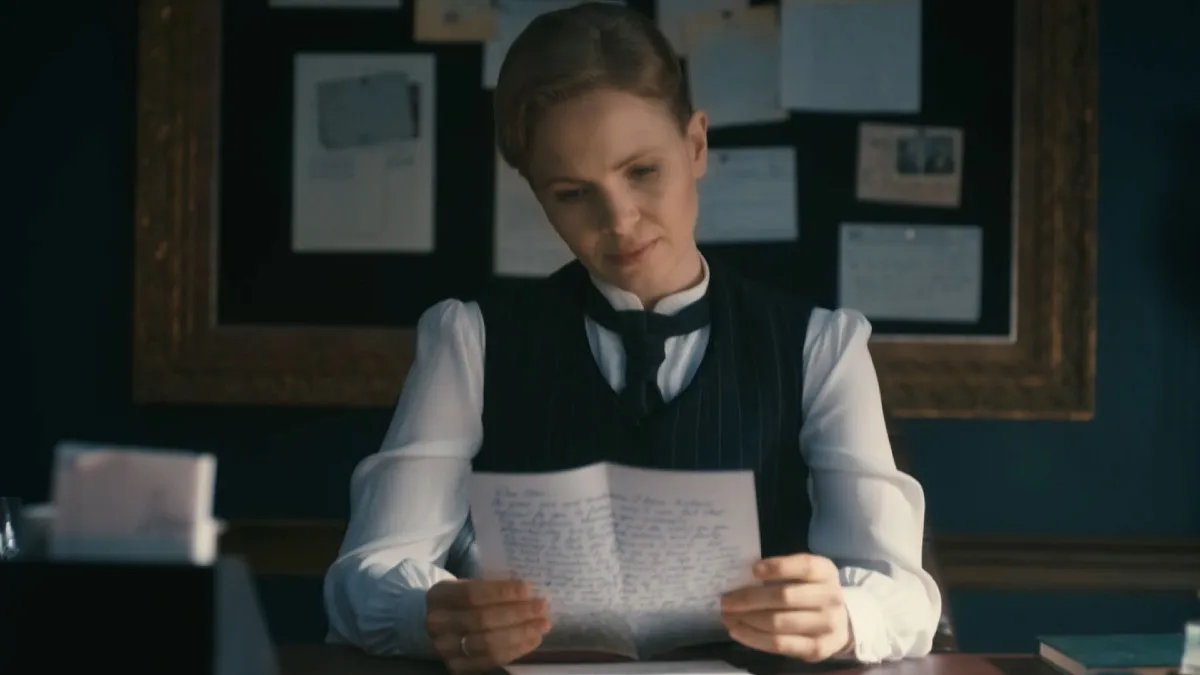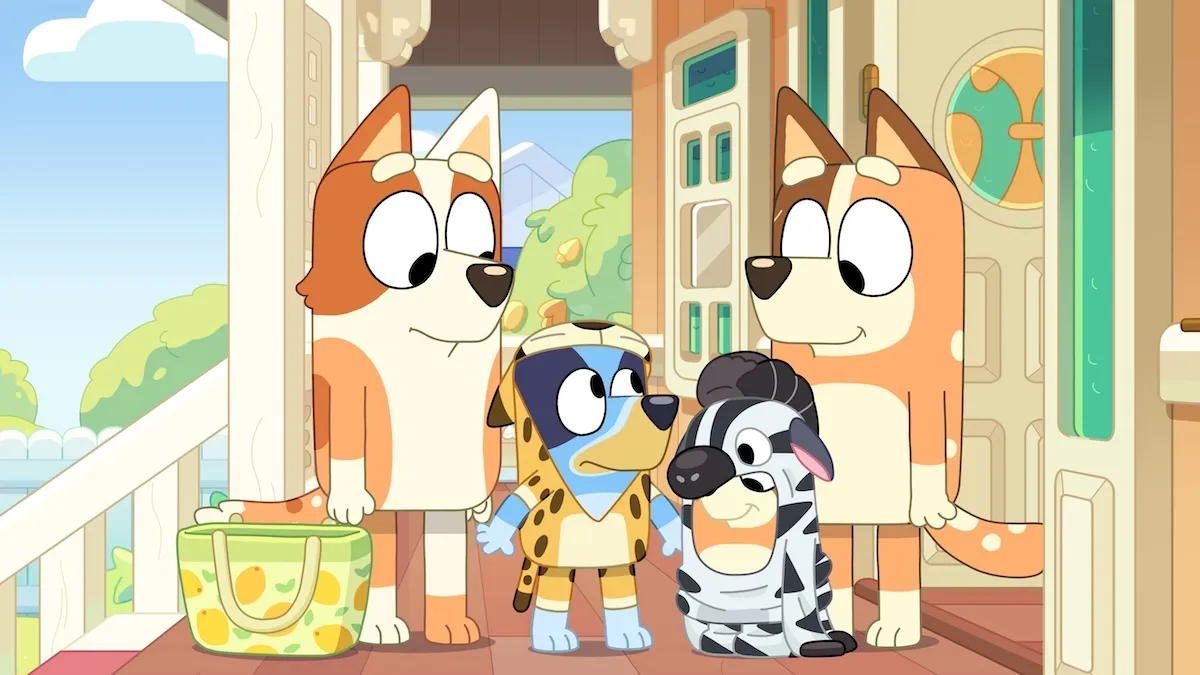Bringing Up Father
Printed in 1920
By now, Hearst was sharing his cartoons among his other papers, such as the San Francisco Examiner. Bringing Up Father was the Jeffersons of its day, with a dopey husband and status-conscious wife doing battle. For example, fellas – do not follow the lesson of this cartoon, which implies it’s funny to get your wife in trouble with foreign governments.
Image reproduced from The Smithsonian Collection of Newspaper Comics under fair use and / or public domain.

Polly and Her Pals
Printed in 1926
This strip is included because it, and others in the series, are very creatively drawn in service to the punchline.
You know who was born while Polly and Her Pals was running in the papers? Timothy Leary, that’s who. I’m just sayin’. LSD, circa 1926.
Image reproduced from The Smithsonian Collection of Newspaper Comics under fair use and / or public domain.
If Art Deco and, um, a newspaper were to have a baby, it would look like The Smythes. The clothes, decor and drawing style all reflect perfectly the period in which they were drawn.
Here, a chop suey dinner in Chinatown makes the racist child sick. Good. I hope he suffered permanent damage.
Image reproduced from The Smithsonian Collection of Newspaper Comics under fair use and / or public domain.

The Bungle Family
Printed in 1931
This is a twelve-panel strip featuring a couple arguing about how to spell “mosquito”. And yet, it’s actually kind of funny – well capturing a petty argument it’s easy to imagine having. Another testament to its quality: this strip could run today and not look out of place.
Image reproduced from The Smithsonian Collection of Newspaper Comics under fair use and / or public domain.

Gasoline Alley
Printed in 1931
Begun 90 years ago, Gasoline Alley still runs in papers. It was the first major strip to depict its characters aging in real time (for which the more recent For Better or Worse is also known).
In this strip, a loose storyline progresses spatially in and around a back alley. The strip comes across as being of even better quality when juxtaposed with the extremely dumb strip at the bottom, which assesses the yuks that result from a guy trying to rip off a peanut vendor.
Image reproduced from The Smithsonian Collection of Newspaper Comics under fair use and / or public domain.
Speaking of cartoons that have been around forever: Blondie. Here, however, Dagwood’s haircut actually seems stylish.
Five years after this strip ran, Arthur Lake took that role in the movie version of the strip. (Bill Murray, lamentably, was not available to provide any voices.) Lake repeated that role again – 27 times. And that’s just movies. He also appeared in 16 episodes of the TV show of the same name. Please do not tell the Chipmunks people about this.
Image reproduced from The Smithsonian Collection of Newspaper Comics under fair use and / or public domain.
I can’t express enough how cool this strip is. To quote the good folks at Boing Boing: just look at it.
Then compare it with the black-and-white movie version:
Which would you spend a nickel on?
Image reproduced from The Smithsonian Collection of Newspaper Comics under fair use and / or public domain.
Back in the day, bad-ass cartoons were bad-ass.
Wash Tubbs, the short, dark-haired guy, and Easy, his more rugged companion, have been shanghaied and forced into service on a whaling vessel. The six strips above feature poisoning, whipping, drawn guns, belaying pins used as weapons and whales. The last time that combination hit the comics page was in a 1982 Cathy dream sequence.
In the end of this storyline, the evil first mate is set adrift on an ice floe by mutinous crewmembers. But, then, a twist! Stay tuned!
Image reproduced from The Smithsonian Collection of Newspaper Comics under fair use and / or public domain.

Thimble Theatre
Printed in 1934
Thimble Theatre, a filler cartoon requested by William Randolph Hearst, debuted Popeye, Wimpy, Olive Oyl, the Sea Hag, and the lot. What made it popular was that it rang true to life. I mean, I think we all know someone like Wimpy, willing to murder his best friend in order to get the sort of hamburger served on old boats.
In addition to the Popeye strip and a section to make your very own dancing Olive Oyl, the page contained the strip Sappo, featuring an inventor who makes the sorts of things that later provided a career reinvigoration to Steve Moranis.
Image reproduced from The Smithsonian Collection of Newspaper Comics under fair use and / or public domain.
Reading original Dick Tracy strips just makes the Madonna / Warren Beatty flick that much more embarrassing. I used to fantasize about installing a lion-protected entrance to my bedroom, preventing the ingress of my sister.
Image reproduced from The Smithsonian Collection of Newspaper Comics under fair use and / or public domain.
I guess it’s time to talk about the public domain and this little character here.
When American copyright law was created, a copyright on an artistic creation lasted less than 30 years. Today, thanks to an extension passed in 1998 due to the hard work of Sonny Bono, it lasts over 100. The reason for this is understood to be the following: under the 1970 copyright extension, the copyright on Mickey Mouse (who first appeared, as you may know, in the 1928 short Steamboat Willie) would have expired in 2003. Now, it’s not up until 2023.
Copyright law is intended to allow the creator of a piece to earn enough from his creation to make the process worthwhile – then releasing the creation into the public domain to build on and adapt. Walt Disney no longer needs protection for his work. Even if he hadn’t died in 1966, the odds are he wouldn’t still be working on new characters.
The Disney Corporation, it turns out, makes a lot of money by controlling the copyright on Mickey Mouse – providing a possible motive for these extensions. It’s too bad – I think that a t-shirt featuring Mickey pulling guns on folks, as he does above, would be a hot seller.
Image reproduced from The Smithsonian Collection of Newspaper Comics under fair use and / or public domain.
“…after World War II, when I came home, Krazy Kat became my hero. I had never seen Krazy Kat up until then because neither one of the papers in the Twin cities published it, so I didn’t know Krazy Kat. But then it became my ambition to draw a strip that would have as much life and meaning and subtlety to it as Krazy Kat had.”
– Charles Schulz“An immediate progenitor of the Beat Generation and [Krazy’s] roots could be traced back to the glee of America, the honesty of America, its wild, self-believing individuality.”
– Jack Kerouac
Krazy Kat loves Ignatz the Mouse. Ignatz hates Krazy and wants to crush his skull with a brick. Officer Pupp loves Krazy, and tries to arrest Ignatz for his transgressions. And that, my friends, is the sum total of the Krazy Kat relationship tree.
But this twisted take on the dog / cat / mouse hierarchy and the surreal landscape of their home in Kokonino County built the most famous post-modern comic in American history.
Image reproduced from The Smithsonian Collection of Newspaper Comics under fair use and / or public domain.

Little Orphan Annie
Printed in 1938
Thank God Annie also had a radio show, because the comic strip, which is still running, is boring as hell.
The strip has a long and fascinating history including a predilection for vigilante justice and disparaging New Deal politics, but it needed a speech bubble reduction of 23%, and an action uptick of 42.
Though it deserves some credit – from standing on the corners boppin’ to drivin’ some of the hottest cars New York has ever seen is quite a step up in the world. That’s my way of noting Annie’s cultural influence. Example two: Carol Burnett.
Image reproduced from The Smithsonian Collection of Newspaper Comics under fair use and / or public domain.
L’il Abner is basically the Beverly Hillbillies, except they never discovered oil. Though the example above implies that it had cheap jokes at the expense of hicks, it was far more focused on making modern society look stupid by viewing it through the eyes of backwoods folks.
Here’s what’s particularly cryptic about the above – that little box in the upper right. In it, a rich guy, who is talking about how hard he studied in school, is tossing a small coin to a hobo who says he didn’t study at all. But this box is labelled “Advice fo’ Chillun”. So who wrote this, the hobo?
Image reproduced from The Smithsonian Collection of Newspaper Comics under fair use and / or public domain.
It’s fitting to end on Pogo, which ran in papers until the year I was born. It also represents a stark difference from the strips that started this retrospective – where those centered on people who lived in New York apartments, Pogo is about a possum living in Florida’s Okefenokee swamps.
In the adventure above, Pogo (in the striped shirt) and his idiot friend Albert are following Ponce de Leon’s footsteps in searching for the Fountain of Youth. I’ll spare you the tired, facile metaphor of how these strips themselves bring me back to my childhood, and leave you with this: in the next strip in this series, Pogo’s friend Howland Owl finds his coonskin cap (complete with “Ambercrumbly and Fish” label inside) and thinks it’s Pogo himself, Fountain of Youth’d back to nothingness.
Wacky hijinks ensue.
Image reproduced from The Smithsonian Collection of Newspaper Comics under fair use and / or public domain.
















